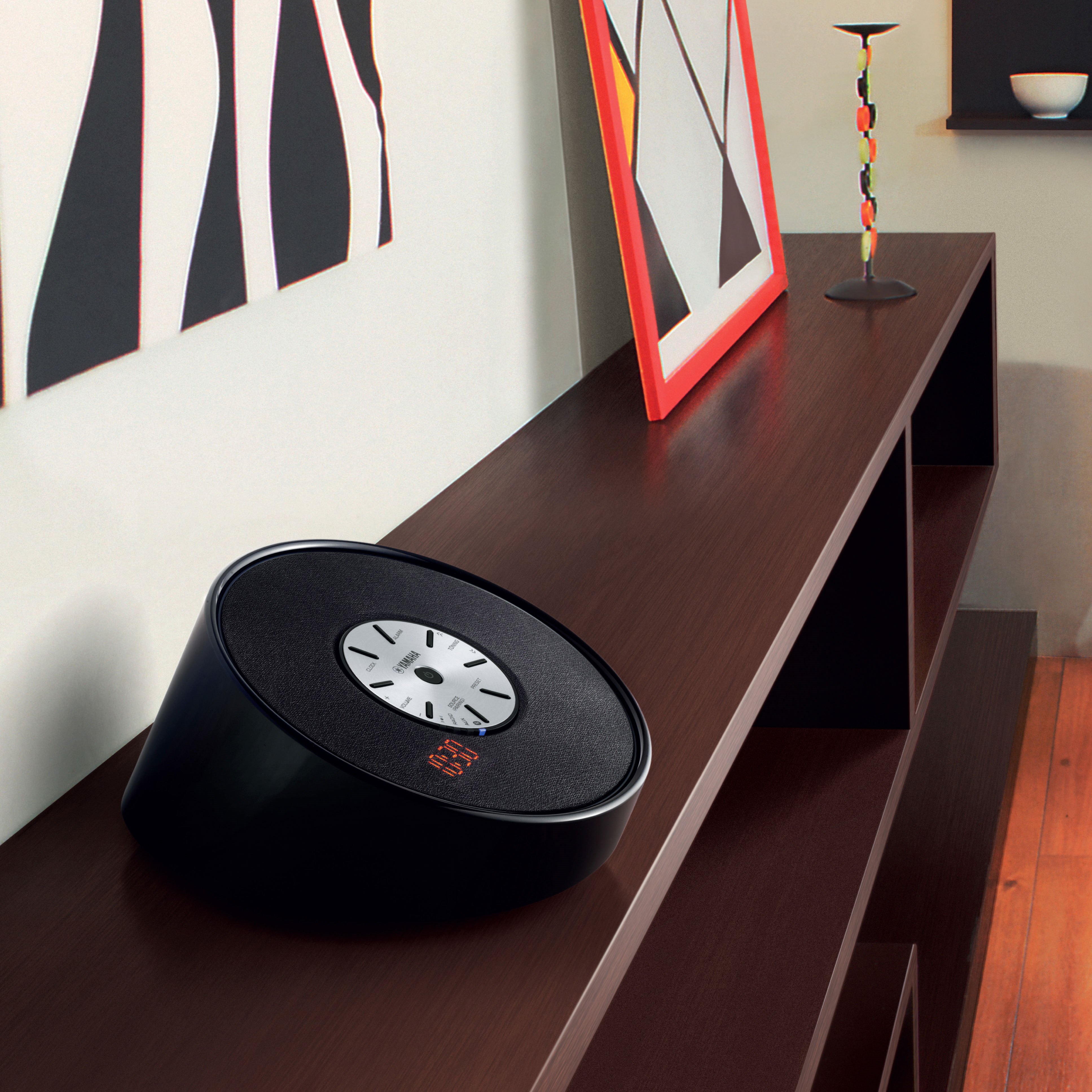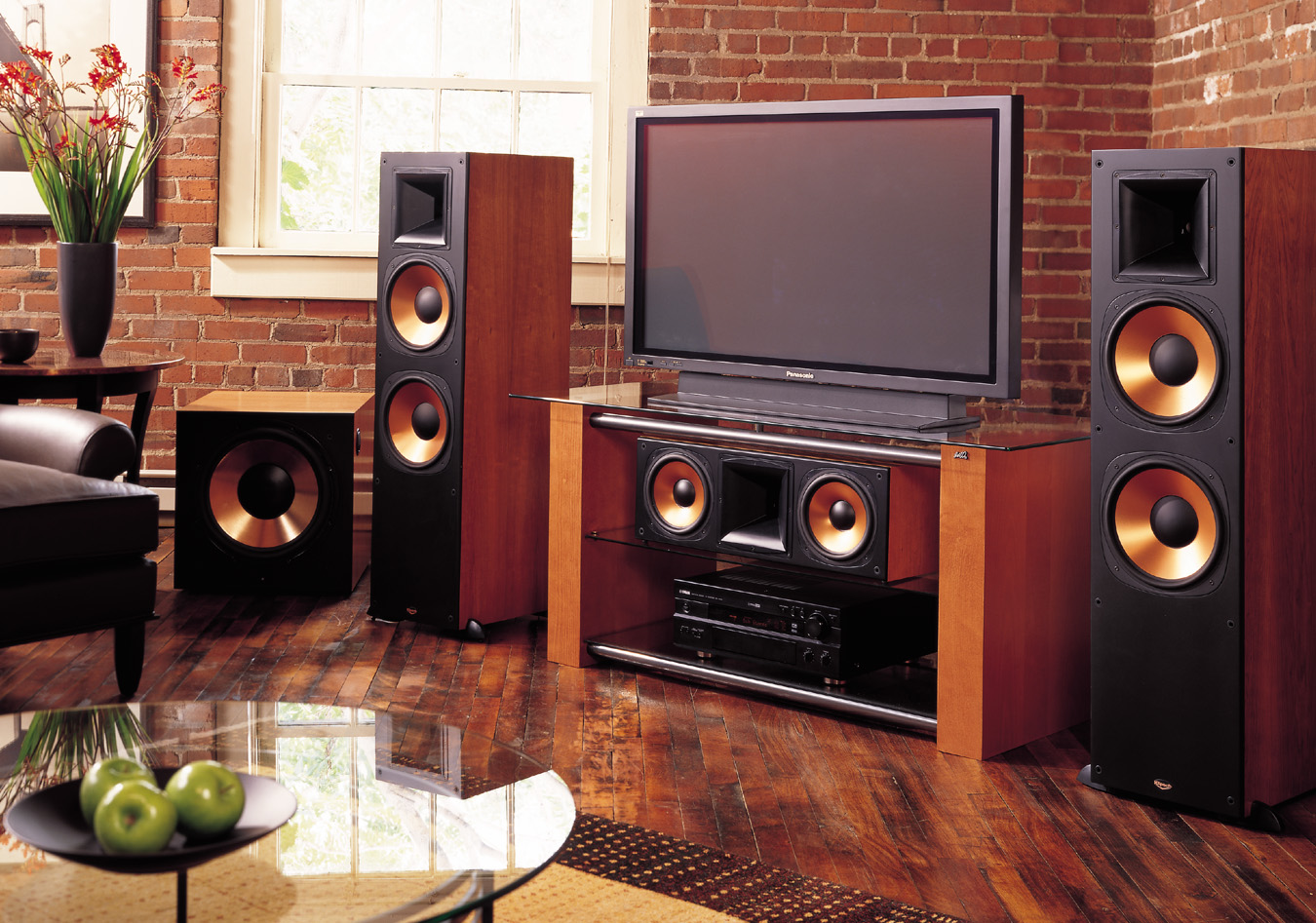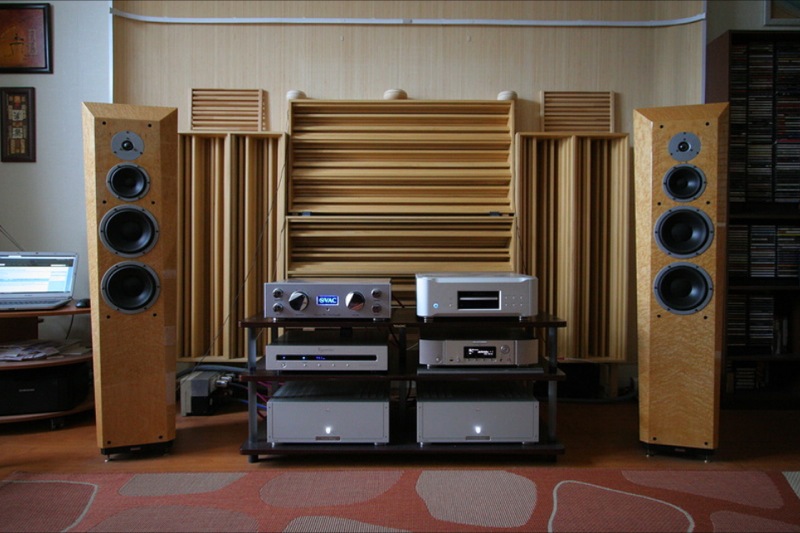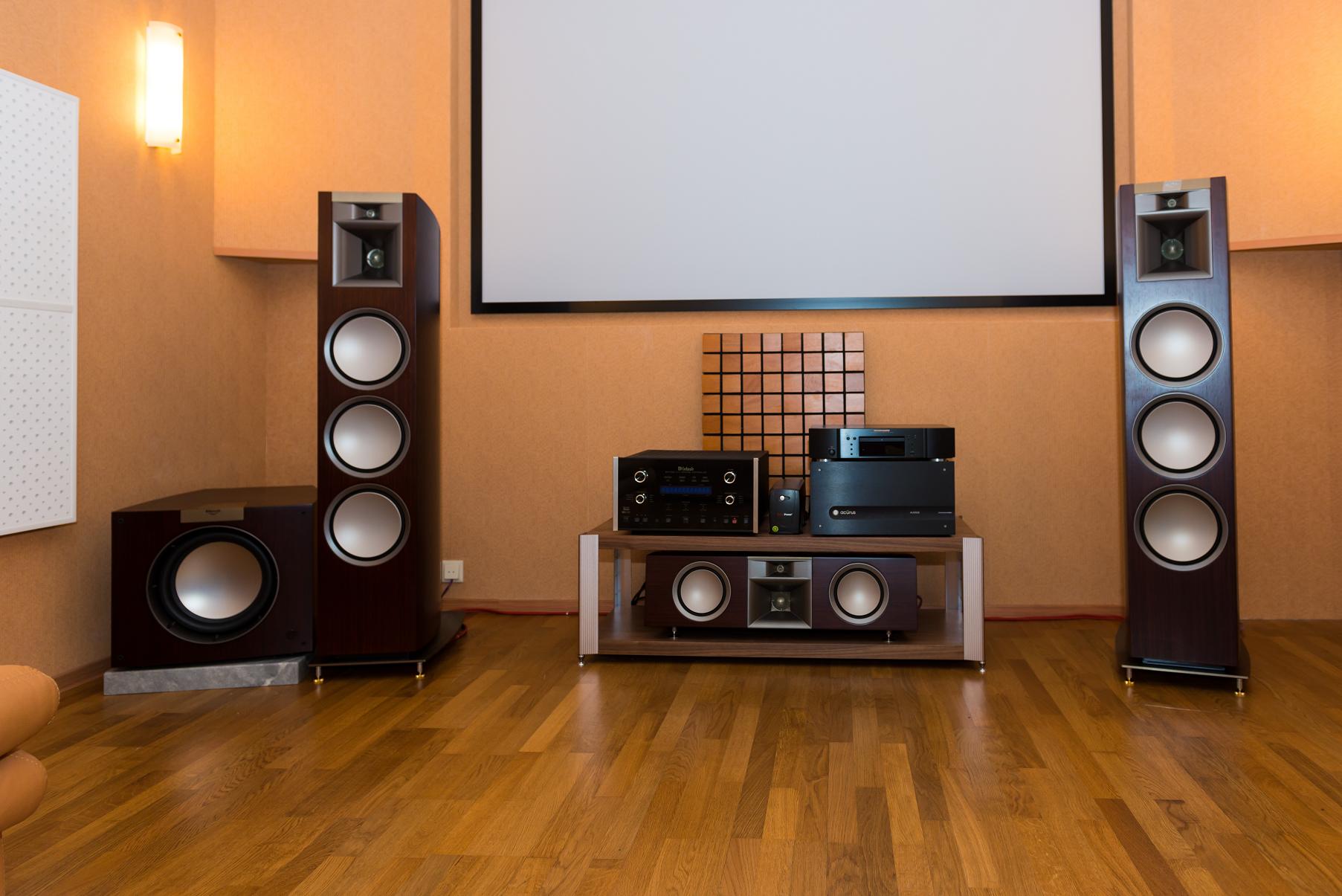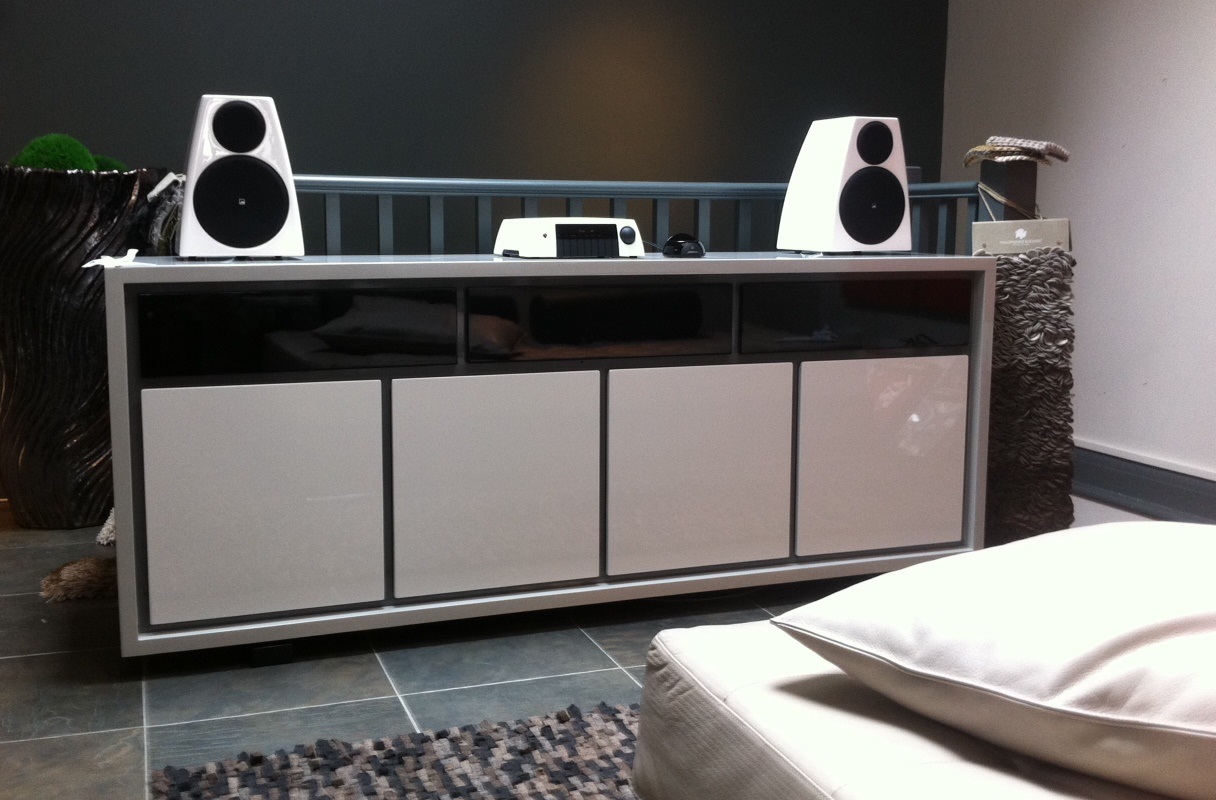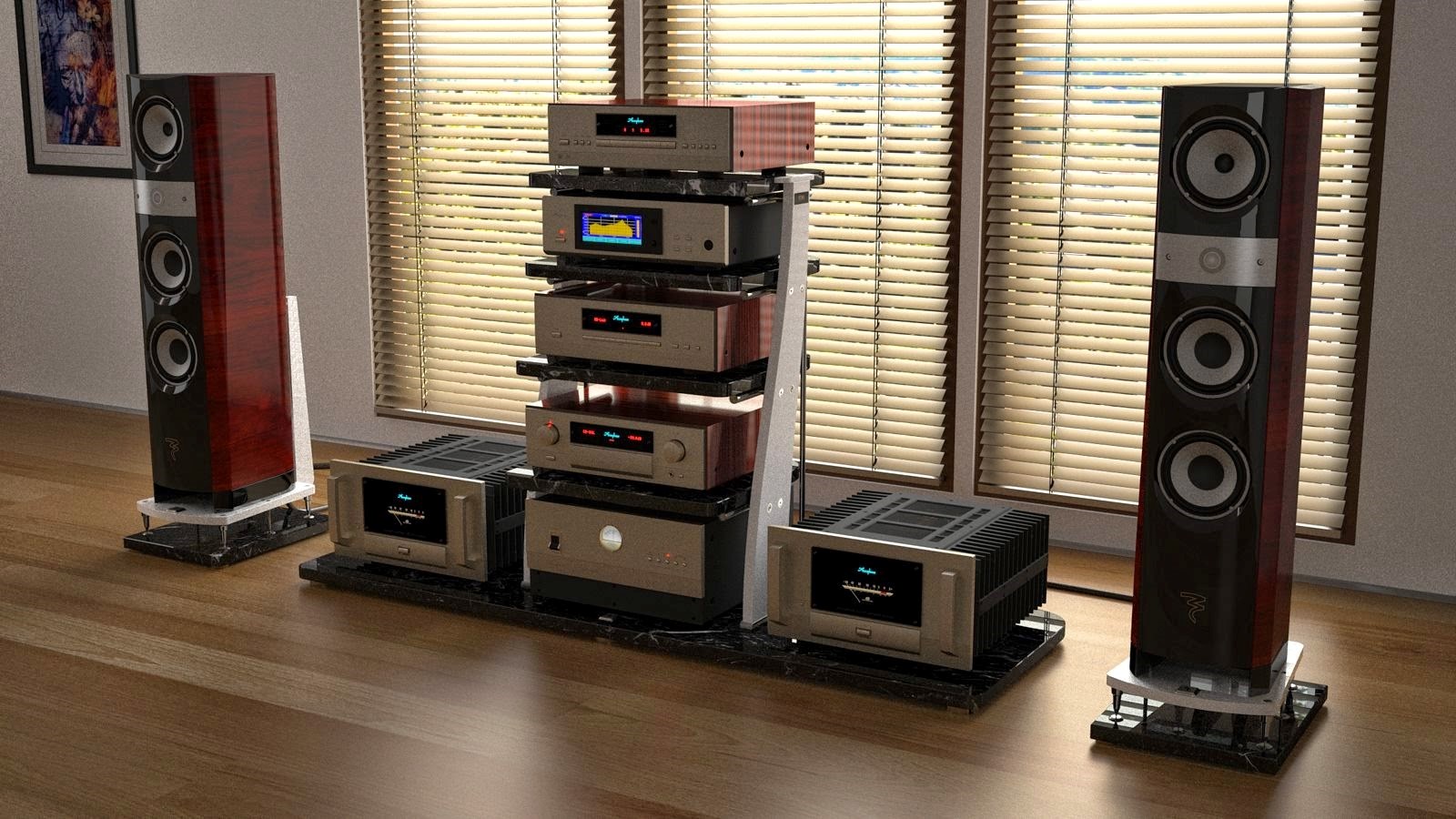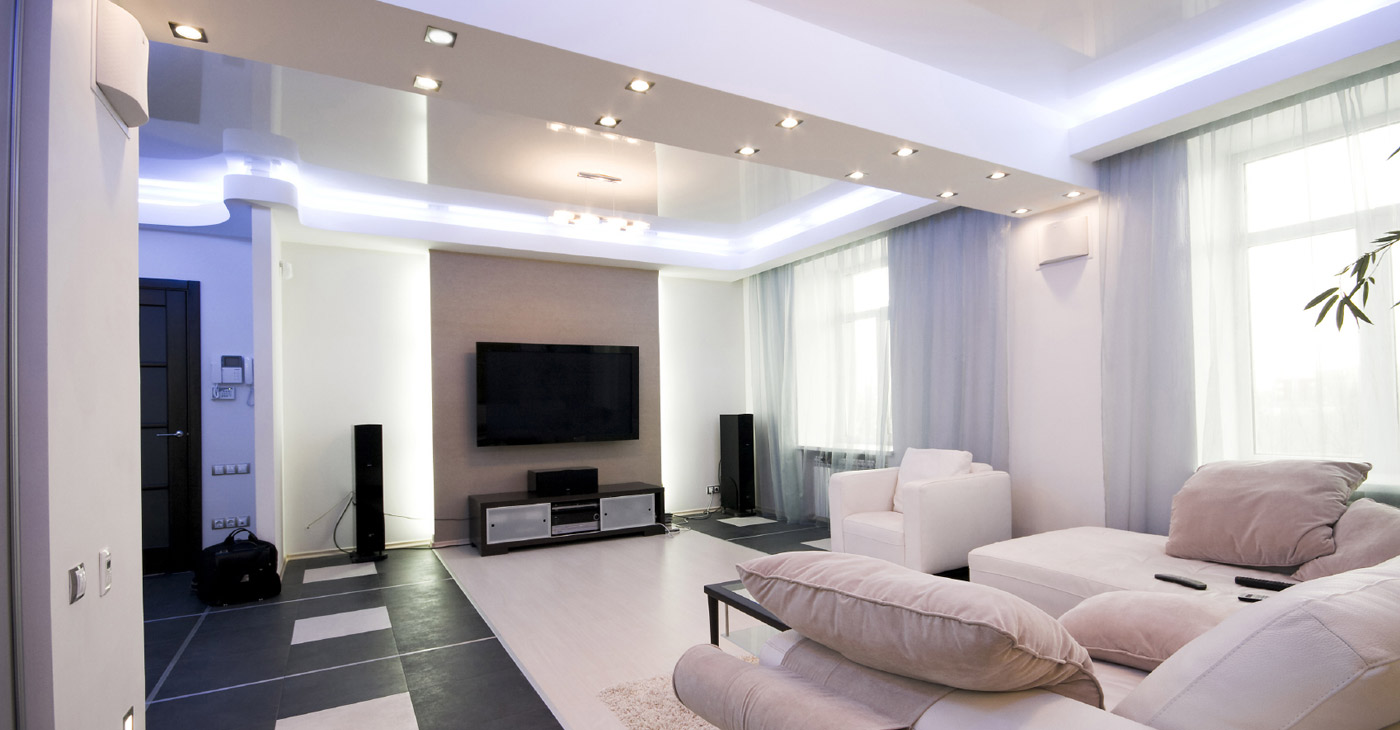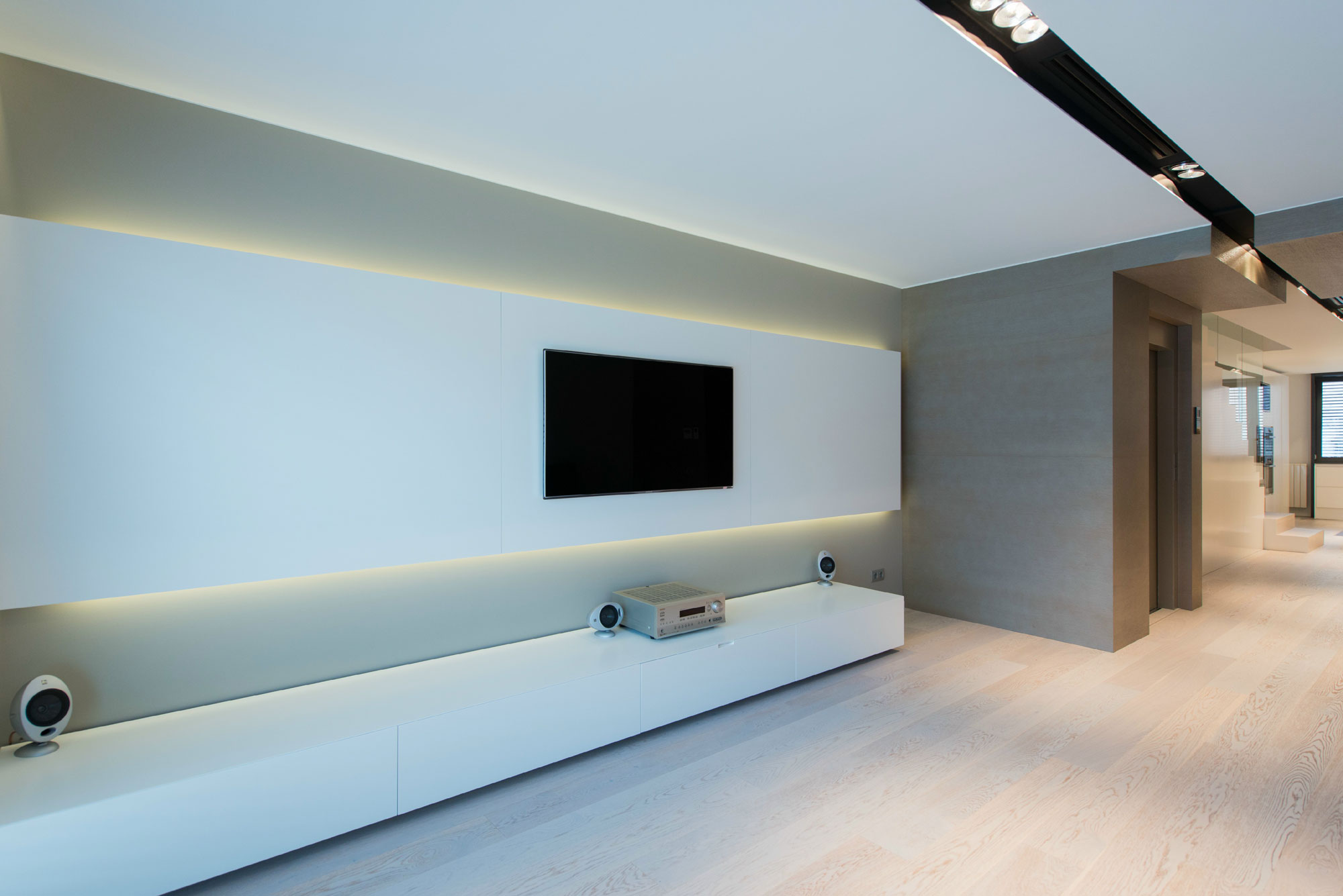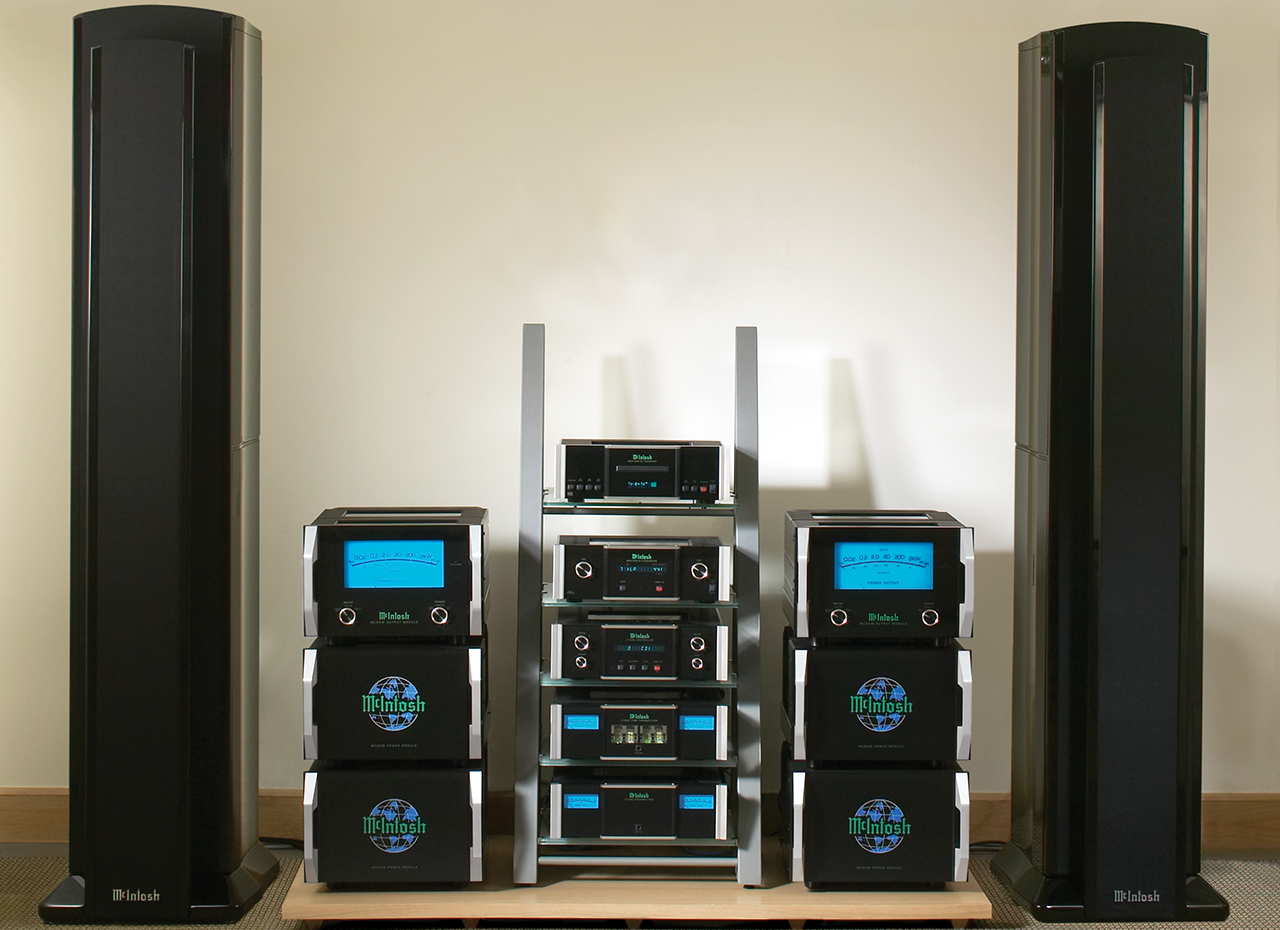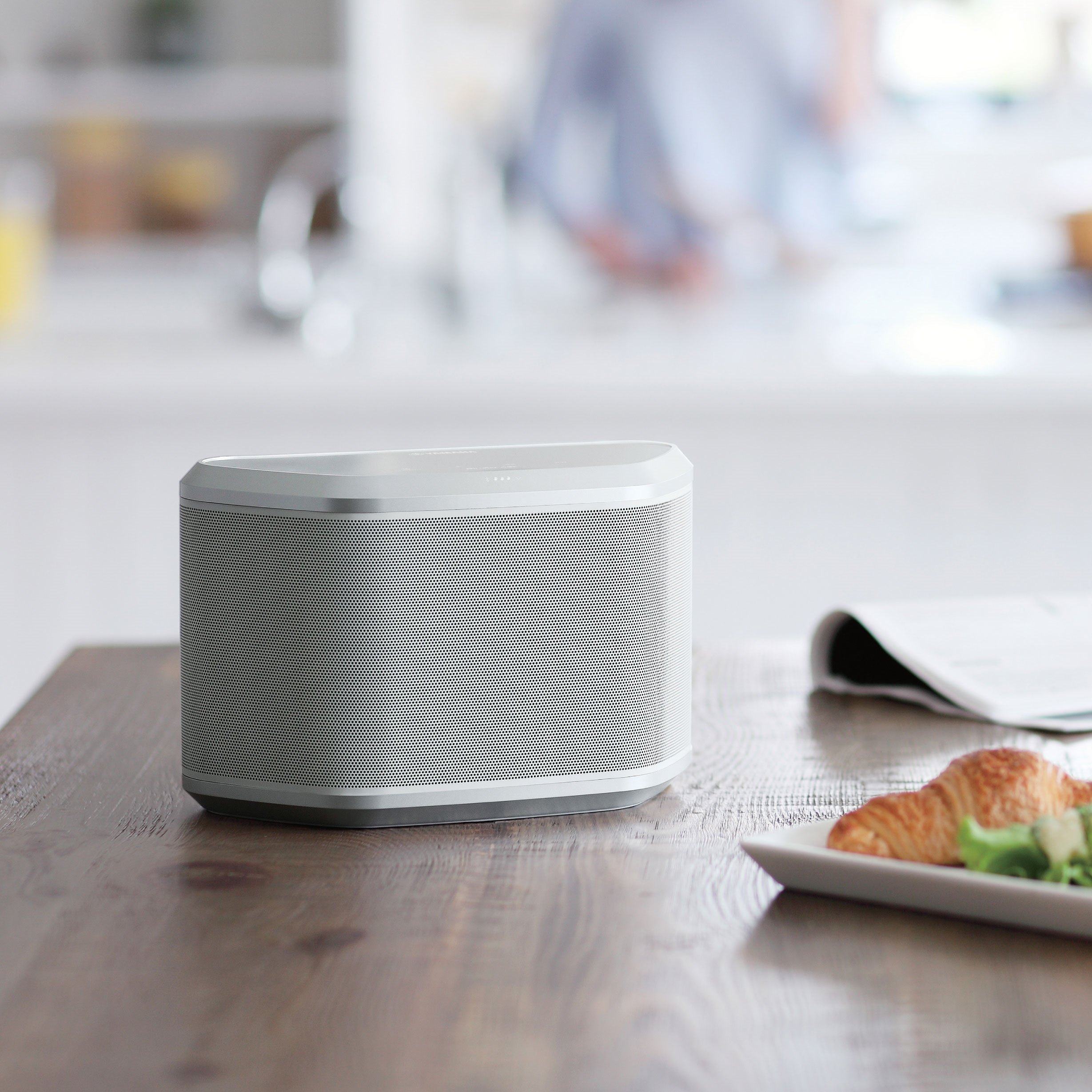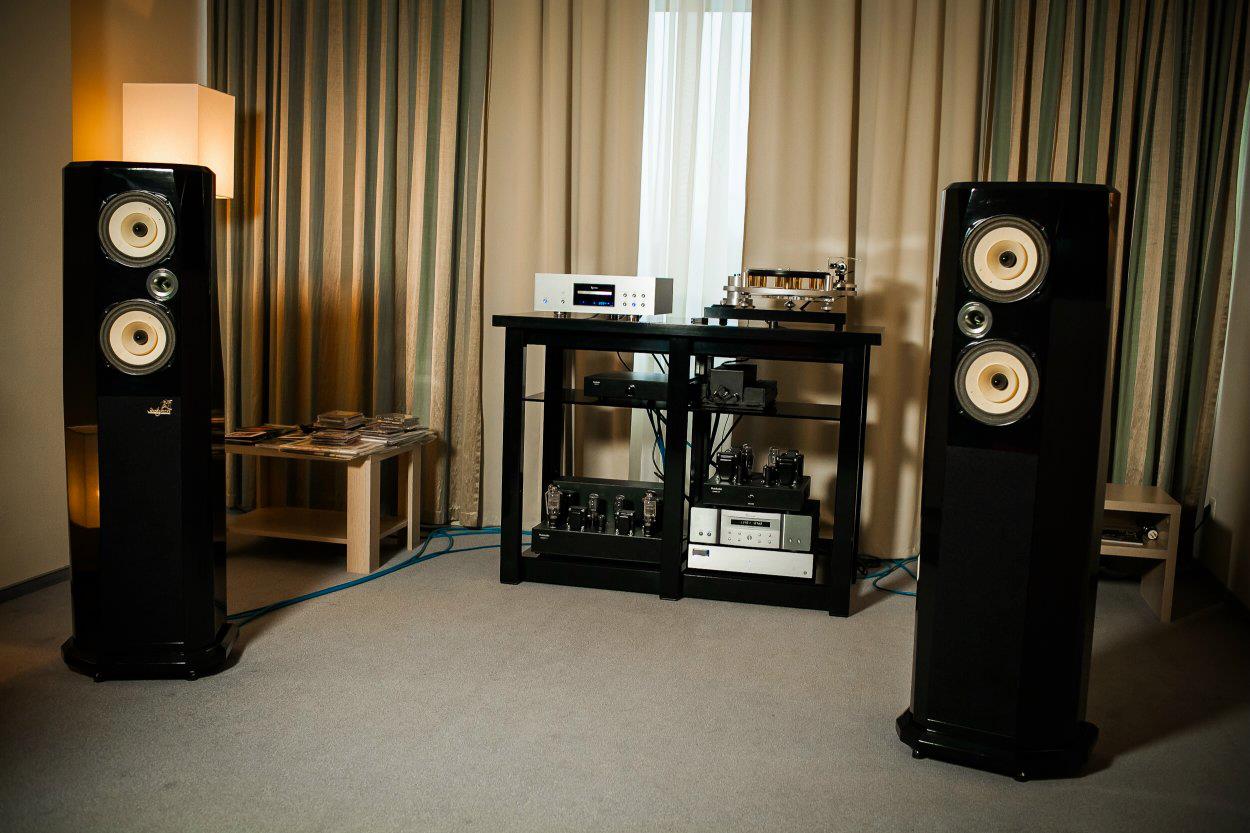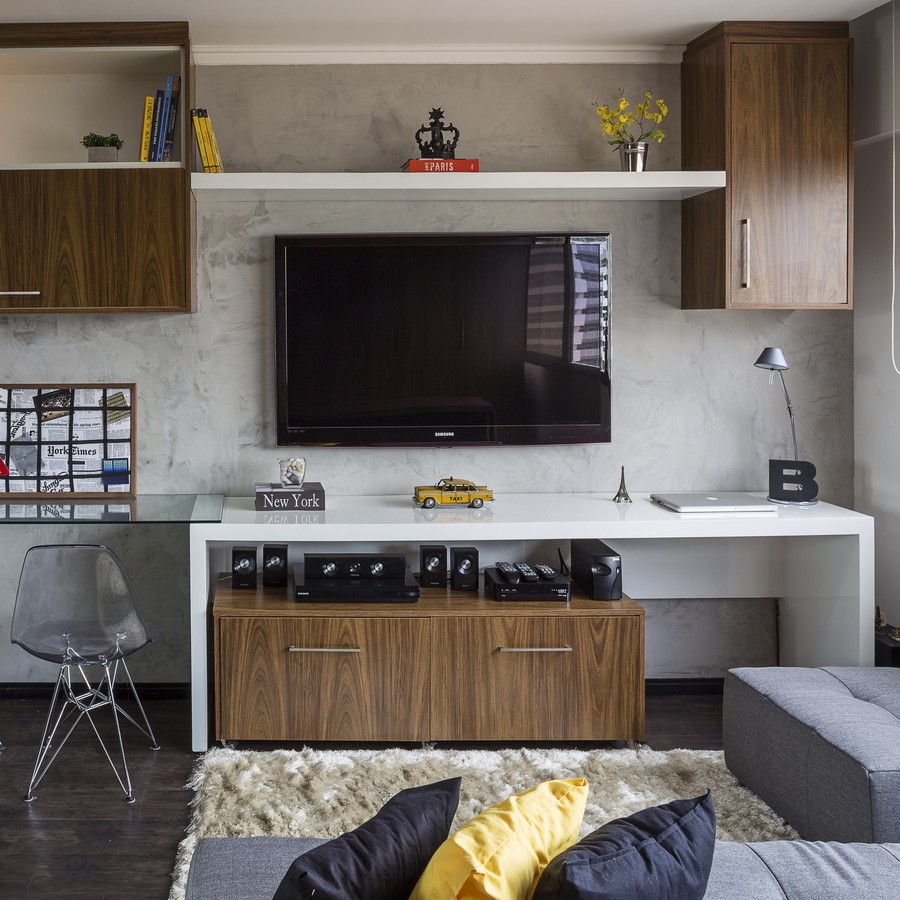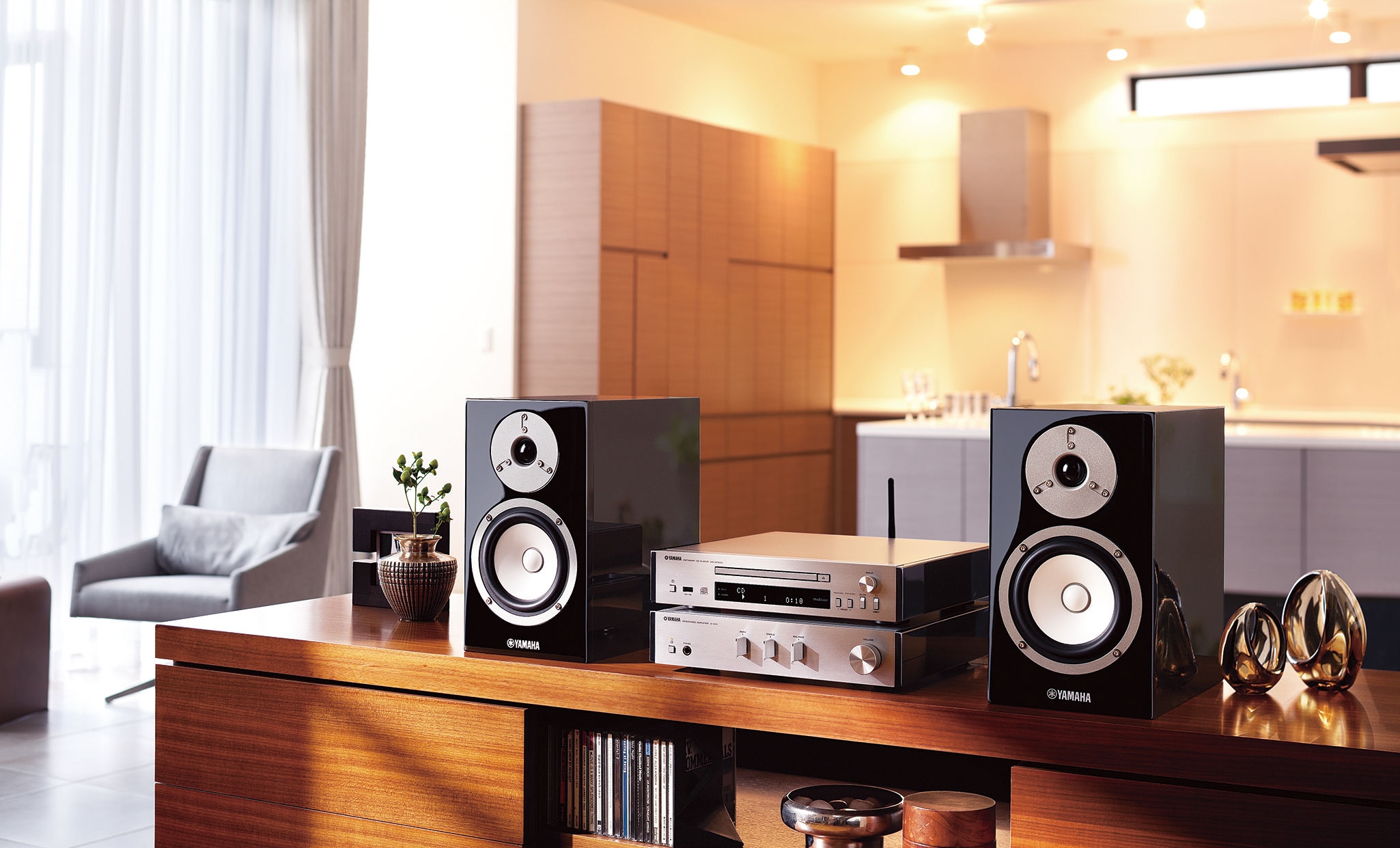Home Audio System: Full Immersion Effect
Content
Acoustics has always been one way of perceiving the world around us. A modern audio system allows you not only to enjoy your favorite music, but also to hear it in a new way, distinguishing between the smallest nuances of sound. Currently, a home audio system is represented by a wide range.
The speaker system is not a simple product; it has always been specific and complex enough for ordinary people. Therefore, equipping a house with this equipment requires certain knowledge and a responsible approach to installation. In addition, the relationship of a person’s personal space with sound is always an individual decision.
When choosing this equipment, sometimes the basic principle of price-quality is not enough. In some cases, there are options for acquiring equipment adapted for specific purposes for very modest money, or it may be that solving a simple task will require significant investments.
Music system classification
The ability to classify modern audio systems is a relative event. Approximately, several groups can be distinguished:
- portable systems (mono-constructions, including, for example, a player and tuner);
- stationary systems (including pseudomodular);
- block-modular constructions (where each module can be independent and replaceable).
By size, these can be micro (120-220mm), mini (220-300mm) and midi (300-400mm) centers.
Trademarks are widely represented in the audio segment market. Among them there are more famous brands, for example, SAMSUNG, SONY, YAMAHA, PIONEER, LG, PANASONIC and less well-known.
It is also customary to single out a separate type of acoustics called Life Style, the distinctive features of which are its unusual design and excellent quality. Here you can answer brands such as JVC and BOSE.
Audio selection
Buying quality equipment is currently not a problem. In the market of acoustic equipment, various options are presented, the price of which varies depending on various parameters and components. In the middle price category, negative reviews are usually due to limited functionality, for example, the inability to connect wirelessly. There may also be complaints about build quality, although even relatively inexpensive built-in equipment is usually made in good quality.
There are a number of companies specializing in audio segment products that produce virtually impeccable acoustics with good sound quality, functionality and ergonomics of system elements. At the same time, the design is also aesthetically thought out.
Despite the fact that manufacturers actively advertise compact audio systems, the size of the speakers and the quality of the case still play an important role. That is, a small sound source will not be able to pull low frequencies. Thus, high-quality home equipment should have at least average parameters and a case that can provide optimal acoustics. This condition, in turn, provides the material for the manufacture of the housing.
Wood in this case will be preferable, since it will provide high-quality sound and processing of low frequencies.Also, the MDF version is not bad in quality, of course, not without a definite compromise on the quality of the system's functioning.
It is generally accepted that it is almost impossible to determine the sound quality at an amateur level. In view of this, home audio systems are not selected in terms of sound criteria, but according to external parameters: dimensions and aesthetic appearance. But this approach is not always optimal, as modern technologies have developed to such a level that they can achieve high purity and depth of sound reproduction. And these characteristics become fundamental. Therefore, if you are not satisfied with the standard sound background in the house, but want to really enjoy the music, you need to thoroughly study this equipment and accurately calculate its operational parameters.
Choosing a stereo system for the hi-end and hi-fi categories can be difficult, but if you turn to professionals or carefully study the information on the Internet, you can choose the built-in equipment that suits your room, depending on its size and individual characteristics.
It is also important to correctly configure the system, coordinate all components and carry out their high-quality installation.
Basic sound options
The main operational indicators in general characterize the operation of any audio system.
- Sensitivity of the speakers. In fact, this is the parameter of sound pressure, which is formed by the system. When operating at home, an acceptable level of sensitivity should be 90 dB or more.
- Frequency range. This characteristic acts as the main one, the frequency corridor of waves that the audio system can play will depend on it. It is worth noting that good audio systems tend to more closely match the range identical to the perception of the human ear. Therefore, it is recommended to buy options with indicators in the range of 18-20 000 Hz.
- Sound bands (numerical indicator). This is the number of satellites (speakers) that work at different frequencies. The optimal configuration is considered to be 5.1.
- Power. This parameter is directly proportional to the volume level (the higher it is, the louder the sound). But it is worth considering that this limit should at least 30% exceed the capabilities of the amplifier. The average power for home audio systems is considered to be 50 watts.
The main advantages of built-in home acoustics are that it is able to provide the best sound quality.
A portable audio system does not have this advantage, since its entire design is focused more on mobility than on high-quality music playback. In addition, the place of operation of this device, as a rule, is not profitable in terms of sound quality.
Audio system in the interior of the house
Proper attention when choosing this equipment should be given to its design and location in the interior. The appearance of the main components (amplifier, player, equalizer) is quite typical: it is usually a silver or black plastic or metal box with a variety of functional accessories.
But as for the appearance of the speaker systems, various design options, shapes and colors can be presented here. It can be both miniature objects and massive ones.
But you should immediately focus not on the appearance, but on the technical components and quality of the system. It should be borne in mind that all interior items will participate in the distribution of sound. After all, the same system in different conditions will sound completely different. This feature is primarily associated with the acoustic features of a particular room, its sound-absorbing properties.
Thus, the room where the built-in equipment is supposed to be installed should, if possible, be cleaned of external noise sources that may interfere with clear sound. Alternatively, you can use double-glazed windows, ventilation and split systems. If necessary, you can sheathe the walls with special soundproof panels, for example, Ecophon Acusto.
The fact is that a sound wave, in accordance with the laws of physics, having met an obstacle, will be scattered and partially absorbed. Moreover, the denser the wall, the more it will reflect acoustic energy. After all, many reflections cause an echo and level the sound, making it booming. But with too strong absorption (the abundance of carpets, furniture, textiles), the sound can become dull and dull.
Self-monitoring can be done in a fairly simple way, clapping your hands. If at the same time you hear distinct sounds or an echo, then you will need to muffle the sound. And with a dull sound, on the contrary, it is recommended to free the room as much as possible from heavy textiles and excess furniture.
One of the best ways to balance reflections is to scatter the sound wave. As scattering surfaces can be book racks, window blinds, paintings.
Small interior objects provide a reflection effect for 1000 Hz frequencies; for 200-500 Hz frequencies, surfaces of one or two meters are required.
Good results are ensured by the imposition of small-sized objects on larger ones. In this case, the sound wave will be scattered evenly and with a wider frequency range.
Another reason for the problem sound may not be the correct placement of the speakers.
Modern audio systems
Currently, modern technologies have developed to such a level that they allow the production of high-quality acoustics with a variety of variations in size and design. The main thing here is to comply with all the necessary parameters, for example, the acquisition of equipment appropriate to the room, the location of the acoustics and its competent tuning. The room intended for the installation of embedded equipment should be carefully prepared, isolated from noise sources.
Proper reproduction and distribution of multi-frequency sounds, as well as the synchronous operation of the speakers with the proper tone setting, will help to create high-quality natural sound, while the necessary level of music perception will be achievable.
